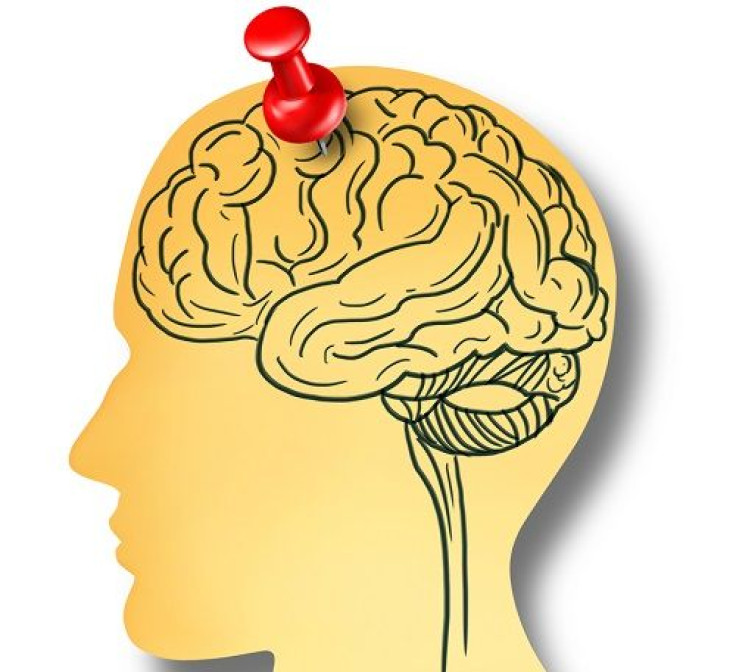Revised Screening Tool Spots Signs Of Autism With More Accuracy At An Earlier Age

Screening for autism is frustratingly difficult for parents who suspect their children may have developmental delays and want to catch it earlier. Some new techniques have shown promise, however, just to eventually fizzle out. Now, one of the most commonly used assessments, the Modified Checklist for Autism in Toddlers (M-CHAT) has been revised to include a follow-up and has been proven to be more accurate in identifying children — at an earlier age — who might need to undergo additional screening.
Now labeled M-CHAT-R/F, the revised assessment is similar. However, researchers tailored it to include examples, some rephrased questions, and they dropped questions that didn’t produce strong responses. The test is used to evaluate the likeliness that a child has autism. After answering the questions, parents find out whether their child’s risk is low, medium, or high. The parents of children who are classified as medium-risk then answer another set of questions that help put their child in either a low-risk or high-risk group.
“This checklist can more accurately identify children likely to have autism so they can get the treatment and support they need,” Alice Kau, Ph.D., of the Eunice Kennedy Shriver National Institute of Health and Human Development, said in a statement. Dr. Kau was not involved in the study. “Given that the typical autism diagnosis occurs at age 4, it also offers the possibility of detecting autism much earlier — during regular doctor’s visits when a child is 18 months or 2 years old. And earlier intervention has been shown to improve outcomes for children with autism.”
M-CHAT-R/F is meant to assess children between 16 and 30 months old, long before the four-year mark. It proved to be 95 percent effective in pointing out high-risk children with developmental delays. Of those 95 percent, 47 percent eventually developed autism spectrum disorder (ASD). Furthermore, M-CHAT-R/F was more efficient than the older M-CHAT, detecting 67 cases per 10,000 compared to 45 cases per 10,000, respectively.
The study, which was funded by the National Institutes of Health, and published in the journal Pediatrics, looked at more than 16,000 children. Of them, 93 percent were considered low-risk, six percent were medium-risk, and one percent were high-risk. Compared to the older assessment, less children were determined to be at a medium or high risk.
According to the Centers for Disease Control and Prevention (CDC), children should be screened for developmental delays during their regular doctor’s visits at the ages of 9 months, 18 months, and 24 or 30 months. Children who were born preterm, who had a low birth weight, or who have a sibling with ASD could be at a higher risk. Autism is only one of various developmental problems that comprises autism spectrum disorders, according to Mayo Clinic. They usually appear before the age of 3 and affect a child’s ability to communicate and interact with others.
Source: Robins D, Casagrande K, Barton M, et al. Validation of the Modified Checklist for Autism in Toddlers, Revised With Follow-up (M-CHAT-R/F). Pediatrics. 2013.



























